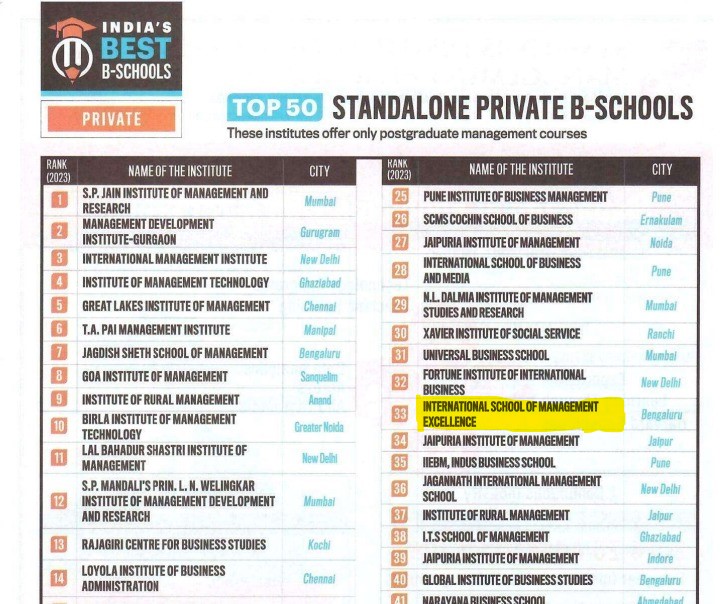29th November 2024
In recent years, the retail landscape in India has changed dramatically, thanks to the rise of quick commerce (q-commerce). This concept of delivering groceries and everyday essentials within 10–30 minutes has revolutionized how urban consumers shop. Popular platforms like Zepto, Blinkit, Swiggy Instamart, and Dunzo have made convenience the new norm, appealing to a time-starved, tech-savvy generation. But amid this digital boom, the humble kirana stores—neighbourhood shops that have been the lifeline of Indian retail for decades—find themselves at a crossroads.
This caselet dives into how q-commerce is impacting kirana stores, exploring the challenges, opportunities, and what the future holds for these traditional businesses.
Quick Commerce: The New Shopping Norm
Quick commerce, a faster extension of e-commerce, has become a game-changer in urban India. It caters to a growing demand for speed and convenience, driven by factors like urbanization, internet penetration, and shifting lifestyles.
With more than one-third of India’s population now living in urban areas, time-crunched customers increasingly prefer instant solutions for their shopping needs. Internet access has also played a significant role, with over 900 million Indians online in 2024, making digital platforms more accessible than ever.
Additionally, India’s young demographic—65% of its population is under 35—has shown a clear preference for tech-driven services. Combine this with busier lifestyles, and it’s no surprise that q-commerce has taken off. Numbers back this trend: India’s q-commerce market, valued at $1.2 billion in 2022, is expected to grow at an impressive 25% annually, reaching $5 billion by 2025. Companies like Blinkit and Zepto process hundreds of thousands of orders daily, especially in metro cities like Bengaluru, Mumbai, and Delhi.
Challenges Kirana Stores Face
For years, kirana stores have been the go-to for groceries, contributing a whopping 88% of total retail sales as recently as 2022. However, the emergence of q-commerce has introduced some tough challenges:
1. Fewer Customers Walking In
With q-commerce apps offering doorstep delivery in mere minutes, many urban consumers now skip the trip to their local kirana store. Research shows that in metro cities, kirana stores have seen a 15–20% drop in footfall over the last three years.
2. Price Wars
Backed by deep-pocketed investors, q-commerce platforms often sell products at 5–10% lower prices than kirana stores. They also offer discounts and cashback deals, making it difficult for kirana shops to compete while maintaining their margins.
3. Inventory Issues
Traditional kirana stores rely on steady customer visits to manage inventory effectively. But as more people shop online, fluctuations in demand can disrupt their stock cycles, leaving them vulnerable to overstocking or shortages.
4. Technology Gaps
While q-commerce companies use cutting-edge tools like artificial intelligence and advanced logistics systems, many kirana owners lack access to such technologies. This tech divide puts them at a disadvantage in terms of efficiency and scalability.
Opportunities for Kirana Stores
Despite the hurdles, q-commerce has also opened doors for kirana stores to adapt and thrive in this new retail environment:
1. Going Digital
Many kirana stores are joining hands with platforms like Dunzo for Business, Swiggy Genie, and Udaan to deliver products online. Post-pandemic, over 60% of kirana stores have embraced some form of digital tool, be it for inventory management, billing, or customer orders.
2. Stronger Customer Relationships
Kirana stores still enjoy the trust of their regular customers. Unlike faceless apps, these shops offer personal touches like credit options, knowing customers by name, and catering to specific preferences—advantages that are hard for q-commerce to replicate.
3. Community-Centric Advantage
Located within neighbourhoods, kirana stores have a proximity advantage. They can fulfill last-minute needs quickly and are often the first choice in areas where q-commerce platforms don’t yet operate.
4. Brand Partnerships
FMCG companies like Hindustan Unilever and ITC are stepping in to support kirana stores. They’re providing tools for better inventory tracking, real-time sales insights, and targeted marketing campaigns, helping these small businesses stay competitive.
How Kirana Stores Are Adapting
To stay relevant, kirana stores are evolving in several ways:
· Embracing Technology: Tools like Dukaan and Khatabook are helping kirana owners streamline billing, payments, and inventory management. Today, 40% of kirana stores in urban areas use digital payment systems, signaling a shift toward modernization.
· Enhancing Customer Experience: From loyalty programs to competitive discounts, kirana stores are finding new ways to attract and retain customers.
· Expanding Services: Many kirana stores are offering additional services like mobile recharges, utility bill payments, and courier pick-ups, making themselves indispensable hubs in their communities.
· Exploring Omnichannel Models: Some kirana stores are setting up their own online ordering systems or partnering with e-commerce platforms to cater to both walk-in and digital customers.
The road ahead
Despite the meteoric rise of q-commerce, kirana stores remain deeply rooted in Indian retail. The future will likely see a coexistence of these two models, each serving different needs.
Q-commerce platforms are perfect for quick, small orders and appeal to younger, tech-savvy
consumers. Meanwhile, kirana stores will continue to thrive on their strengths—trust, personal relationships, and flexibility to offer credit or bulk purchases.
Interestingly, collaboration could be the key to long-term success. Kirana stores may become fulfillment hubs for q-commerce platforms, leveraging their hyperlocal networks. Government-backed initiatives like ONDC (Open Network for Digital Commerce) are also working to empower small retailers, giving them tools to compete with larger players.
Conclusion
The rise of quick commerce is undoubtedly reshaping how Indians shop, with its promise of speed and convenience gaining immense popularity. For kirana stores, this shift has brought challenges, from reduced footfall to fierce competition on pricing. Yet, these traditional retailers are adapting by embracing technology, offering personalized services, and exploring partnerships.
In the ever-changing retail landscape, the coexistence of q-commerce and kirana stores seems not only possible but mutually beneficial. Together, they can create a diverse, dynamic ecosystem that caters to the varied needs of India’s vast and growing consumer base.
Questions to ponder on:
o What innovative strategies can kirana stores adopt to retain their customer base in the era of quick commerce?
o How can technology-driven partnerships between FMCG brands and kirana stores create sustainable advantages for both parties?
o Will quick commerce platforms disrupt kirana stores in the long run, or is a symbiotic relationship the way forward? Analyze with examples.



